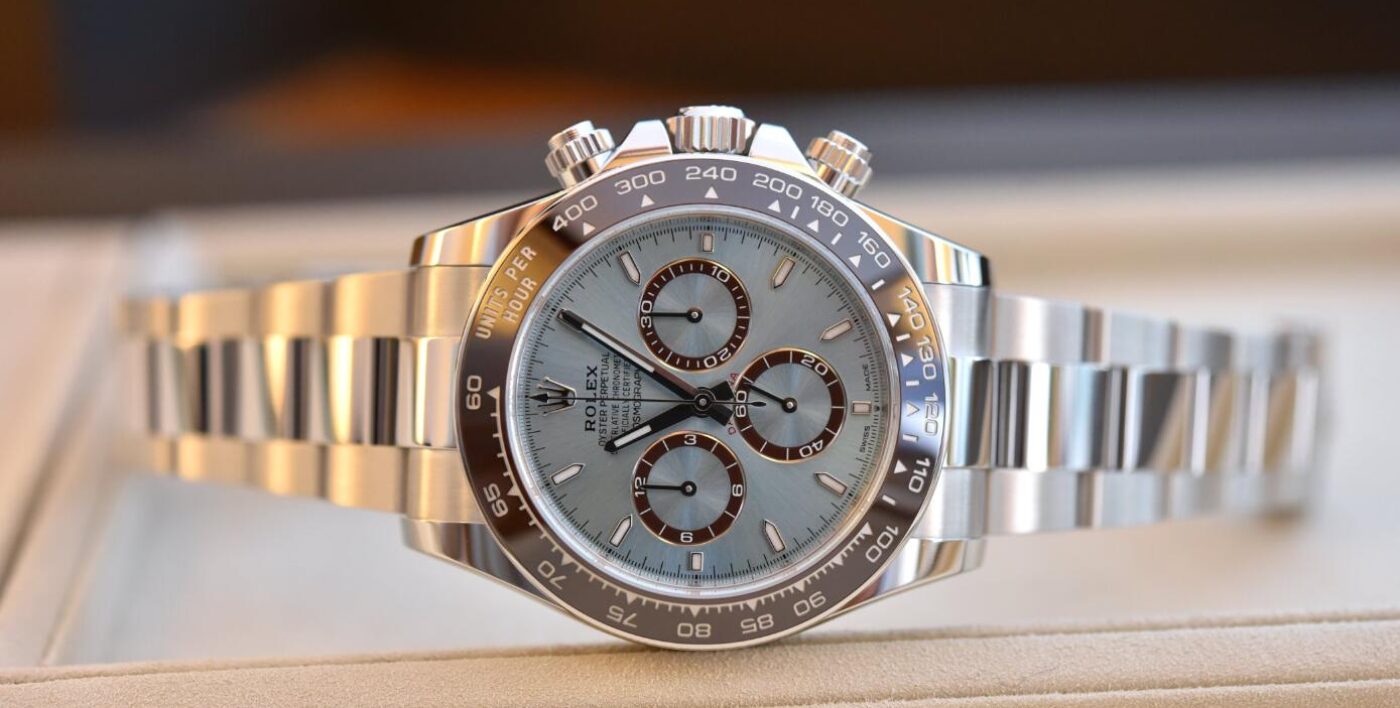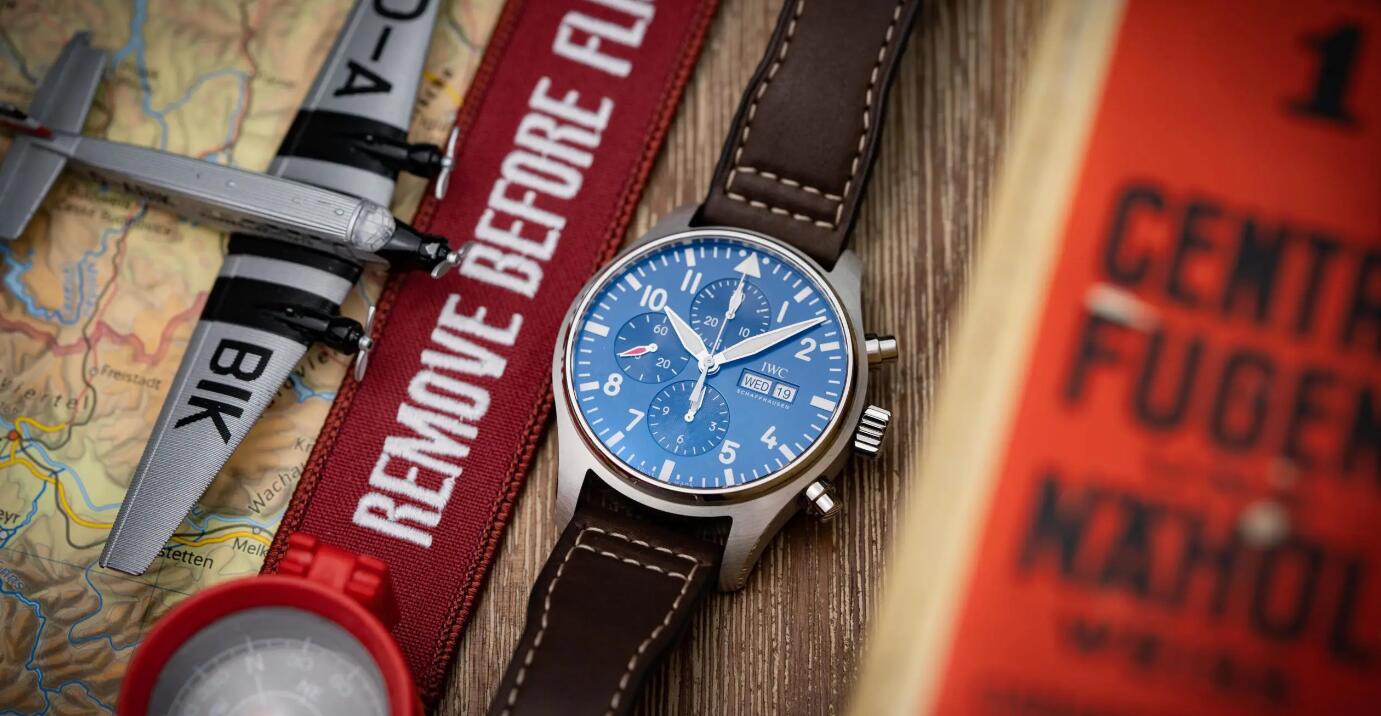“Please… draw me a sheep!” With this somewhat strange request, the acquaintance with the little prince begins in the bestseller of the same name with the original French title “Le Petit Prince” by Antoine de Saint-Exupéry. But what does a young adult book have to do with the (historically exciting) classic pilot’s watch Replica IWC Pilot’s Watch Chronograph? We’ll look at that (in addition to the qualitative aspects of course) in this detailed test…
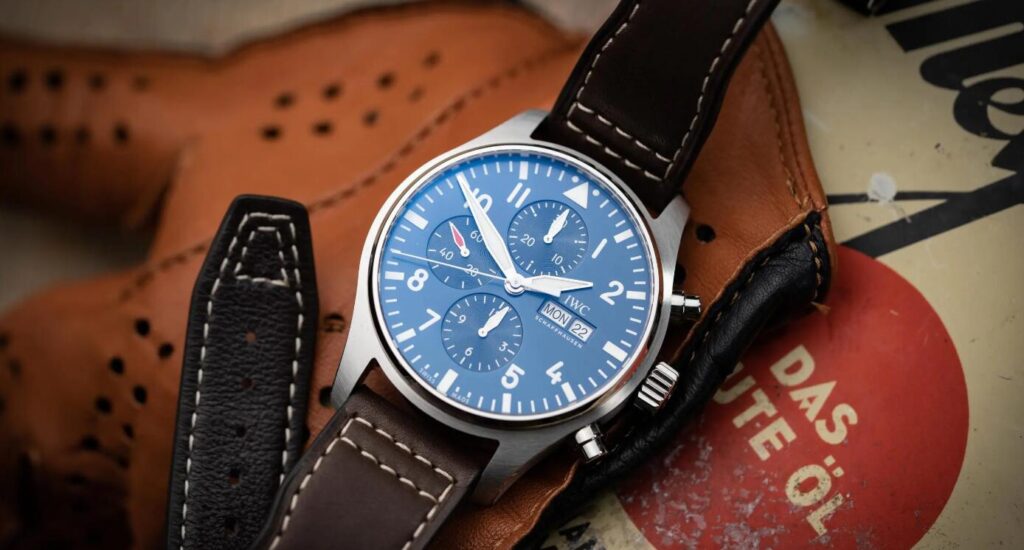
IWC Schaffhausen and the path to the Pilot Watch Chronograph
International Watch Company, or IWC* for short, is not exactly a typical name for a Swiss watch manufacturer. However, it was no coincidence that the American engineer Florentine Ariosto Jones from Boston ended up in Schaffhausen (which had previously been a virgin in terms of watchmaking) in 1868 to found his company: Swiss pocket watches became increasingly popular in Jones’ home country, but the Prices were still comparatively high.
We remember: Although the industrial revolution began comparatively late in the USA, from 1850 and especially after the Civil War from 1865 onwards, the industrialization efforts in the USA picked up speed. Against this background, Jones found good conditions in Schaffhausen to apply his knowledge of industrialization and to use the water power of the Rhine Falls to drive modern production machines.
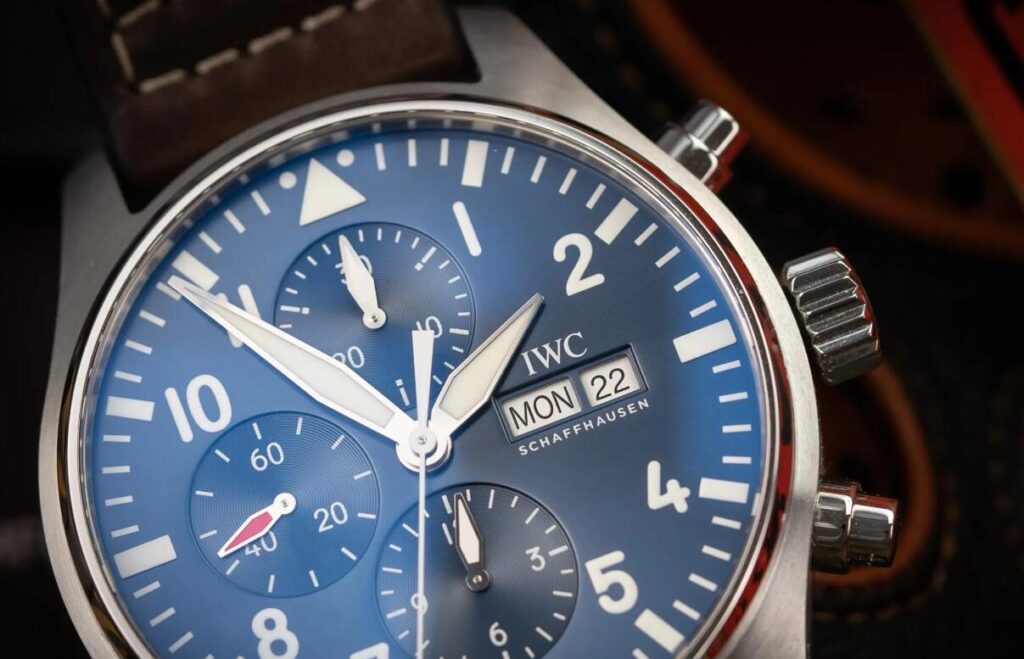
Within a very short time, Jones was able to bring his own hand-wound caliber for pocket watches onto the market. Around 25,000 IWC pocket watches were produced under the Jones aegis; it is estimated that only around 500 of them still exist worldwide today. These are correspondingly popular among vintage collectors.
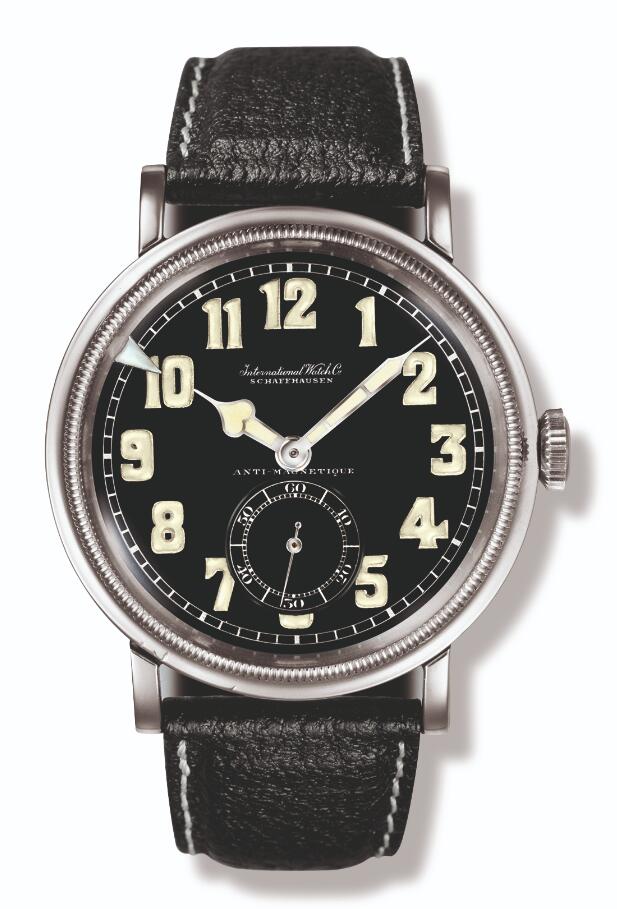
And even though IWC pocket watches with “Jones caliber” (in the three types of keywind, Lépine and savonette) were considered reliable and robust, there was no commercial success in the main markets of Great Britain and the USA: just a few years after the company was founded, At the end of 1875, the American had to declare bankruptcy. Jones’ successor, Frederick Ferdinand Seeland, wasn’t lucky either and drove IWC straight to the wall again in 1879. It was only with the subsequent takeover of the Swiss industrialist Johannes Rauschenbach that things started to improve sustainably. In particular, the caliber 52/53 (also simply called “Schaffhausen caliber”), which was produced in large quantities from 1893 onwards, was an essential building block for IWC’s success in the following decades.
